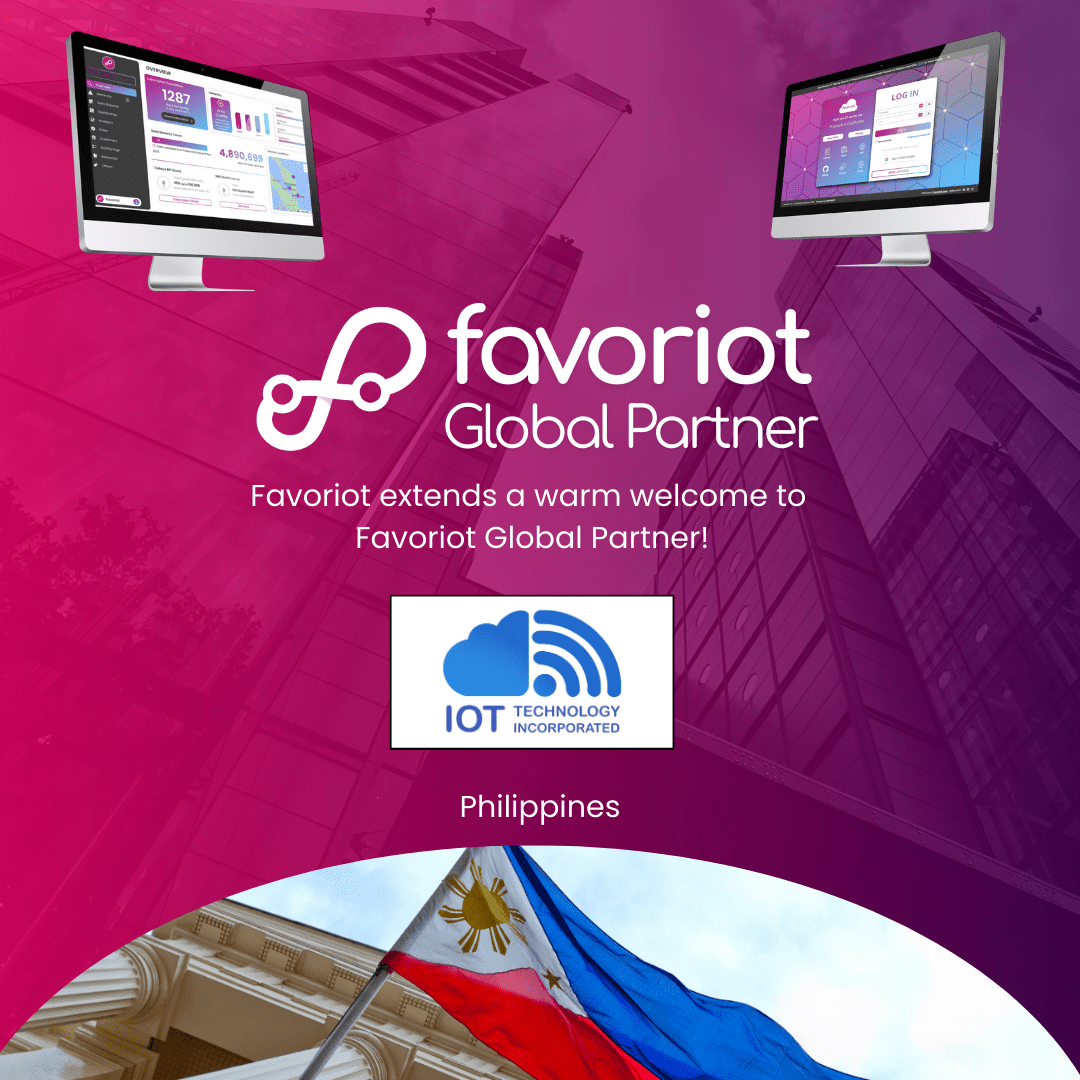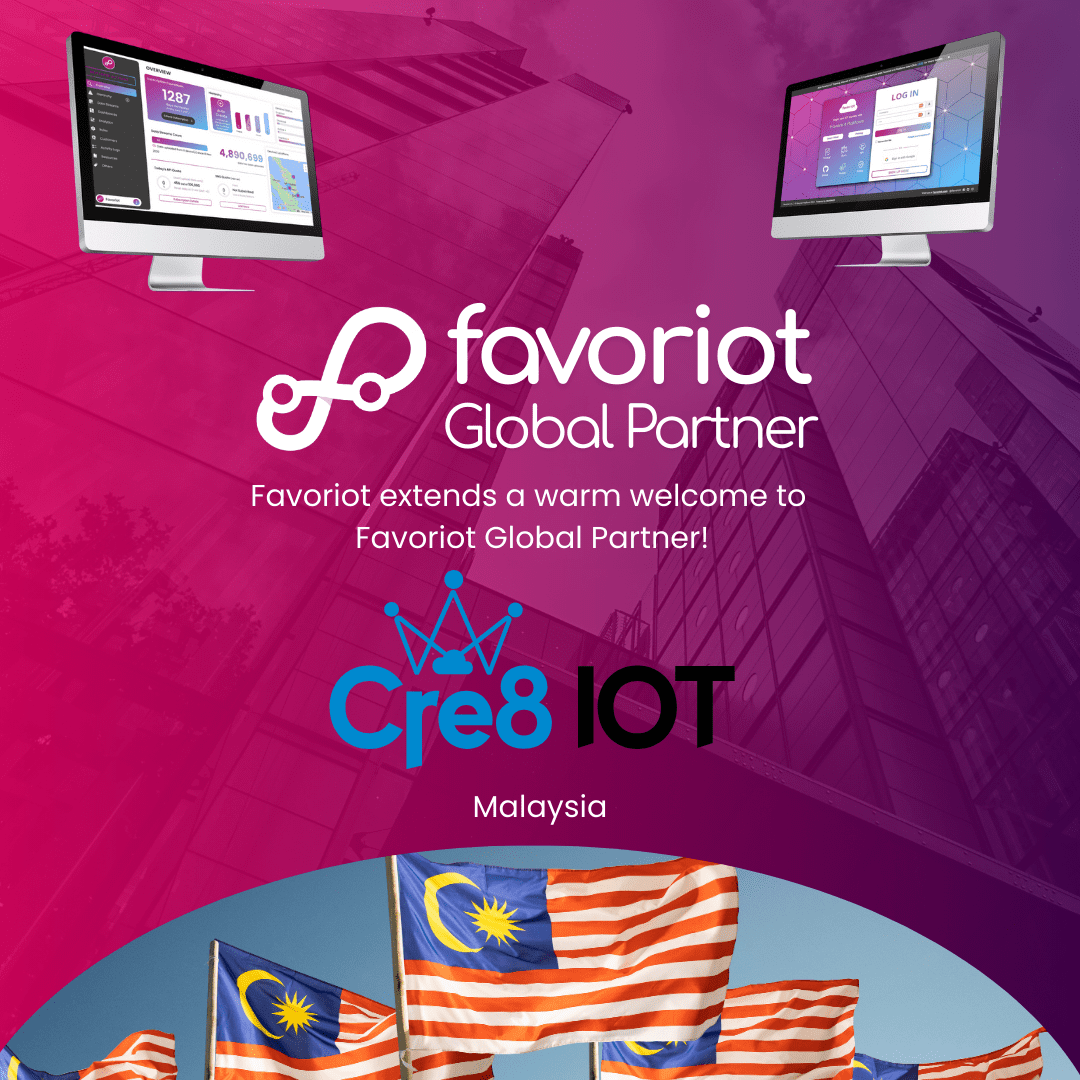
Favoriot Partners with IoT Technology to Build Smart Communities in the Philippines
January 6th, 2025 Posted by favoriotadmin BLOG 0 thoughts on “Favoriot Partners with IoT Technology to Build Smart Communities in the Philippines”Kuala Lumpur, Malaysia, January 6, 2025 – Favoriot, a leading IoT platform provider, announced its strategic partnership with IoT Technology on November 6, 2024, a prominent IoT solutions provider in the Philippines. This partnership welcomes IoT Technology to the Favoriot Global Partner Program, aiming to revolutionise the IoT landscape in the Philippines and explore opportunities to expand globally.
A Shared Vision for Smart Communities
The partnership aims to empower the Philippines to develop smart communities by integrating Favoriot’s IoT platform with IoT Technology’s expertise in implementing end-to-end IoT solutions. They aim to address critical challenges such as urbanisation, resource management, and sustainability by leveraging real-time data, advanced analytics, and connected technologies.
Mazlan Abbas, CEO of Favoriot, expressed enthusiasm for the collaboration: “The Philippines is a rapidly growing market for IoT, especially in the context of smart cities and sustainable solutions. By partnering with IoT Technology, we combine our platform’s capabilities with their local expertise to create impactful and scalable IoT solutions for smart communities.”
Benefits of IoT Development in the Philippines
IoT Technology has been at the forefront of deploying IoT solutions in smart townships, healthcare, logistics, and urban infrastructure sectors. By integrating with Favoriot’s platform, the partnership offers:
- Efficient Urban Planning: IoT-enabled systems for traffic management, waste collection, and energy optimisation, creating smarter cities with improved quality of life.
- Enhanced Public Services: IoT-driven healthcare and disaster management solutions, ensuring timely responses and better service delivery.
A Gateway to Global Markets
The partnership allows both companies to expand their reach internationally. IoT Technology, now a certified Favoriot Global Partner, will have access to advanced tools, resources, and a global network of IoT professionals, enabling the company to offer innovative solutions beyond the Philippines.
IoT Technology’s CEO, Leo Lirio, expressed excitement about the partnership: “Joining the Favoriot Global Partner Program is a significant step for us. This collaboration will enable us to introduce more advanced IoT solutions in the Philippines while positioning us for opportunities in international markets. Together, we aim to lead the transformation of smart communities in the region.”
Driving Innovation Through Collaboration
The Favoriot-IoT Technology partnership underscores the importance of collaboration in driving technological innovation. With a shared commitment to fostering IoT adoption, both companies are poised to significantly contribute to the digital transformation of communities in the Philippines and beyond.
About IoT Technology
IoT Technology is a Philippines-based provider of innovative IoT solutions for healthcare, logistics, and urban planning. The company is dedicated to improving lives through technology and is intensely focused on creating connected ecosystems. For more information, visit www.iot.com.ph.
About Favoriot
Favoriot is a leading IoT platform provider offering businesses robust solutions for managing and analysing IoT data. Based in Malaysia, the company empowers industries and communities through smart, scalable IoT applications.
For more details, visit www.favoriot.com.
This partnership represents a bold step toward building smart communities and unlocking new global opportunities for IoT innovation.


